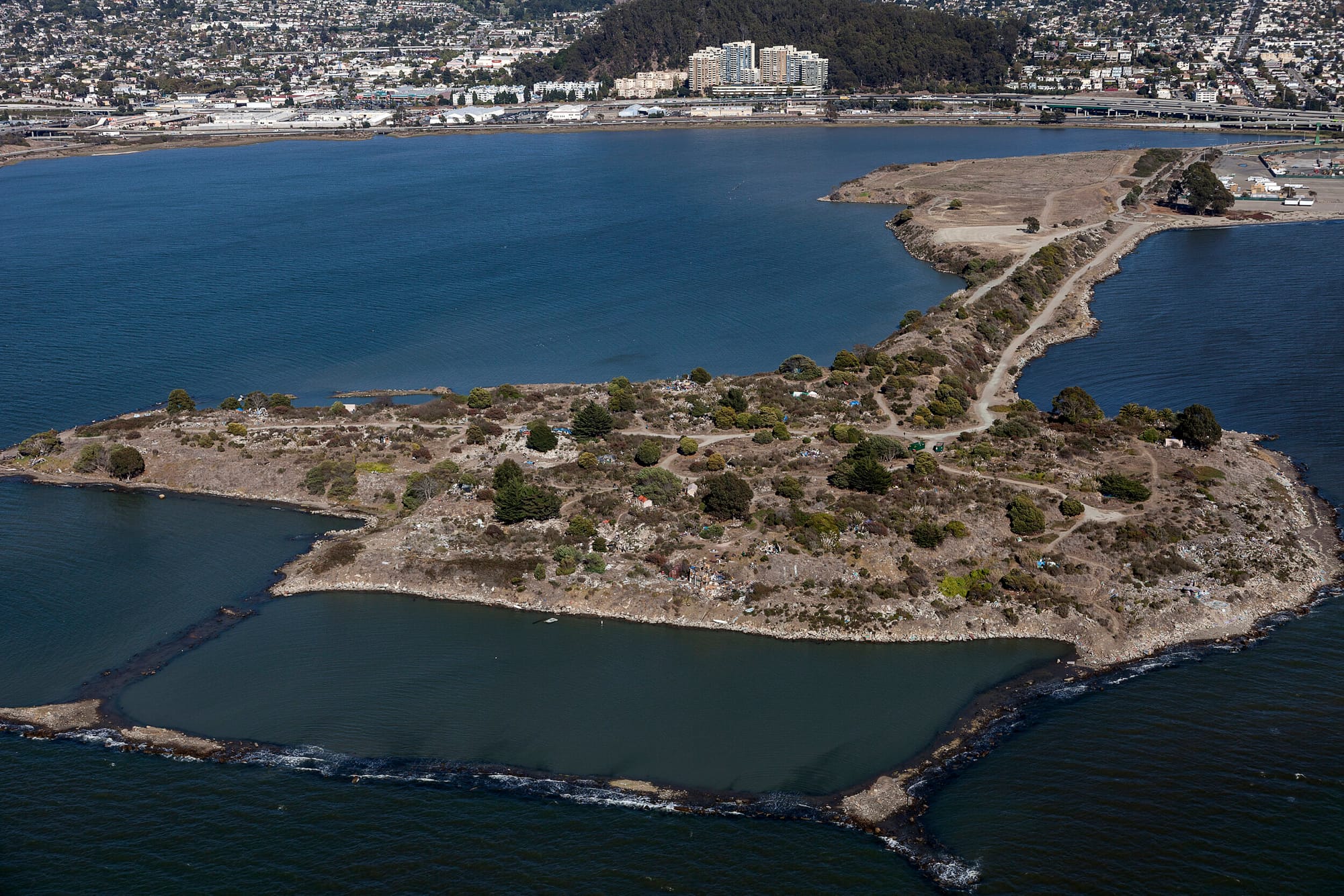Gamma Radiation Found at Albany Bulb: Popular Bay Area Park Under Investigation
This discovery has raised safety concerns and questions about industrial pollution at the former landfill site.

A shocking discovery has cast a shadow over the Albany Bulb, a beloved Bay Area park and outdoor art space. State investigations have uncovered elevated levels of gamma radiation in multiple areas of the site, raising concerns about public safety.
The park, once a municipal landfill, has long been a hub for hikers and art enthusiasts drawn to its unique sculptures crafted from discarded materials. However, a 1980 archival document revealed the site was used to dump chemical waste, including potentially radioactive sludge, by an aluminum processing plant between 1960 and 1971.
Recent surveys conducted by experts from Cabrera Services identified ten areas of elevated gamma radiation on city-owned land. Gamma radiation, known for its ability to penetrate the body, can damage tissue and DNA, potentially leading to cancer. While the California Department of Public Health (CDPH) has assessed the overall risk to visitors as “low,” they emphasized that further soil sampling is needed in areas where radioactive material is believed to be buried.

Officials stated that a person would need to spend approximately 20 continuous hours on one of these hotspots to receive radiation equivalent to a single dental X-ray. Despite this reassurance, the presence of radiation has sparked unease among locals who frequent the park for its scenic trails and iconic art installations, such as the painted stone amphitheater that seamlessly integrates with the landscape.
The future of the park remains uncertain. The city of Albany has yet to decide whether the park will remain accessible during the ongoing investigations. For now, officials recommend that visitors exercise caution and stay informed about potential closures or restrictions.
This discovery raises broader questions about the legacy of industrial pollution and its hidden impacts on public spaces. As the investigation continues, the Albany Bulb stands as a stark reminder of how environmental neglect can resurface decades later, even in places that have become symbols of creativity and community.
For those planning a visit, stay tuned for updates on safety measures and accessibility. In the meantime, prioritize caution and awareness as authorities work to address these urgent concerns.
ART Walkway News





